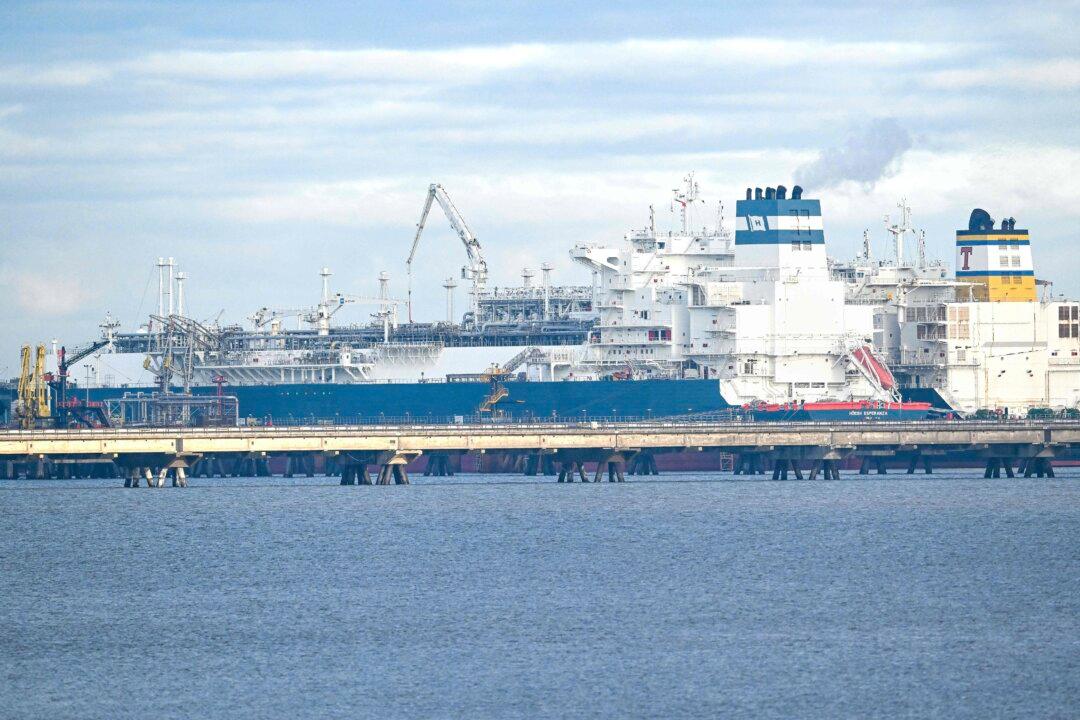While the United States and friendly European Union powers have taken important steps toward energy independence in the year since the Kremlin’s invasion of Ukraine, much critical infrastructure is still not in place and the aligned nations have a great deal of work to do to ensure the security and accessibility of their energy supplies in the months to come.
A responsible and sustainable energy policy is not yet in place, as reflected in high electricity and coal prices, and a lack of financial support for the development of badly needed infrastructure.





